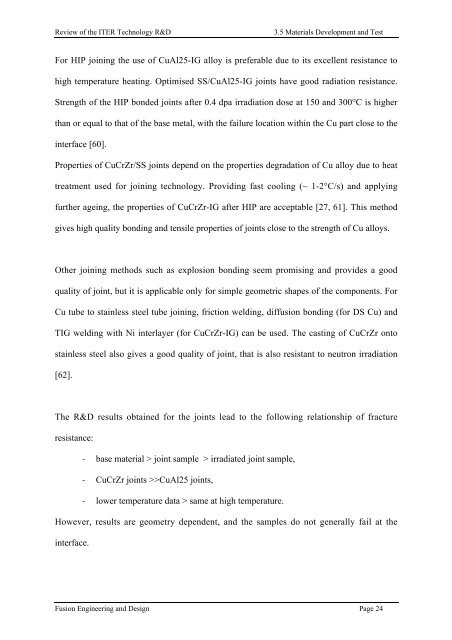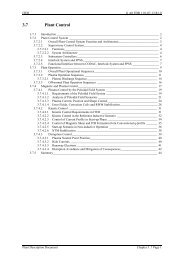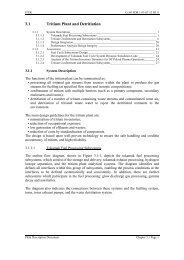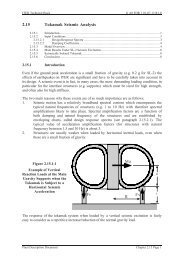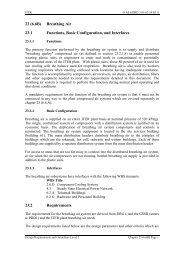3.5. Materials Development and Test Introduction Materials R&D for ...
3.5. Materials Development and Test Introduction Materials R&D for ...
3.5. Materials Development and Test Introduction Materials R&D for ...
Create successful ePaper yourself
Turn your PDF publications into a flip-book with our unique Google optimized e-Paper software.
Review of the ITER Technology R&D<br />
3.5 <strong>Materials</strong> <strong>Development</strong> <strong>and</strong> <strong>Test</strong><br />
For HIP joining the use of CuAl25-IG alloy is preferable due to its excellent resistance to<br />
high temperature heating. Optimised SS/CuAl25-IG joints have good radiation resistance.<br />
Strength of the HIP bonded joints after 0.4 dpa irradiation dose at 150 <strong>and</strong> 300°C is higher<br />
than or equal to that of the base metal, with the failure location within the Cu part close to the<br />
interface [60].<br />
Properties of CuCrZr/SS joints depend on the properties degradation of Cu alloy due to heat<br />
treatment used <strong>for</strong> joining technology. Providing fast cooling (~ 1-2°C/s) <strong>and</strong> applying<br />
further ageing, the properties of CuCrZr-IG after HIP are acceptable [27, 61]. This method<br />
gives high quality bonding <strong>and</strong> tensile properties of joints close to the strength of Cu alloys.<br />
Other joining methods such as explosion bonding seem promising <strong>and</strong> provides a good<br />
quality of joint, but it is applicable only <strong>for</strong> simple geometric shapes of the components. For<br />
Cu tube to stainless steel tube joining, friction welding, diffusion bonding (<strong>for</strong> DS Cu) <strong>and</strong><br />
TIG welding with Ni interlayer (<strong>for</strong> CuCrZr-IG) can be used. The casting of CuCrZr onto<br />
stainless steel also gives a good quality of joint, that is also resistant to neutron irradiation<br />
[62].<br />
The R&D results obtained <strong>for</strong> the joints lead to the following relationship of fracture<br />
resistance:<br />
- base material > joint sample > irradiated joint sample,<br />
- CuCrZr joints >>CuAl25 joints,<br />
- lower temperature data > same at high temperature.<br />
However, results are geometry dependent, <strong>and</strong> the samples do not generally fail at the<br />
interface.<br />
Fusion Engineering <strong>and</strong> Design Page 24


